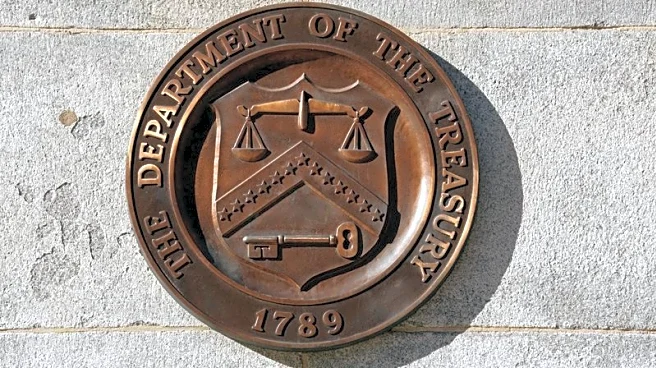What's Happening?
President Trump has raised the federal deduction limit for state and local taxes (SALT) to $40,000 for the year 2025, as part of his 'big beautiful bill.' This change marks a significant increase from the previous $10,000 cap established in 2017, which affected residents in high-tax states. The new limit will increase by 1% annually until 2029, before reverting to $10,000 in 2030. Tax experts suggest that taxpayers can maximize this deduction by itemizing their tax breaks, which include state and local income taxes and property taxes.
Why It's Important?
The increase in the SALT deduction limit provides substantial tax relief for residents in high-tax states, potentially reducing their overall tax burden. This change may influence financial planning and investment strategies, as individuals seek to capitalize on the increased deduction. The policy shift could also impact state economies, as residents may have more disposable income to spend or invest locally. Additionally, the change may affect political dynamics, as lawmakers and constituents debate the merits and drawbacks of the deduction cap.
What's Next?
Taxpayers are advised to consult with financial planners and accountants to optimize their tax strategies in light of the new SALT deduction limit. As the cap increases annually, individuals may need to adjust their financial plans accordingly. Policymakers and tax experts will likely continue to monitor the impact of this change on state economies and federal tax revenues, potentially leading to further legislative adjustments.
Beyond the Headlines
The adjustment to the SALT deduction limit raises broader questions about tax equity and the balance between federal and state taxation. It also highlights the ongoing debate over tax policy and its implications for economic growth and income distribution.













